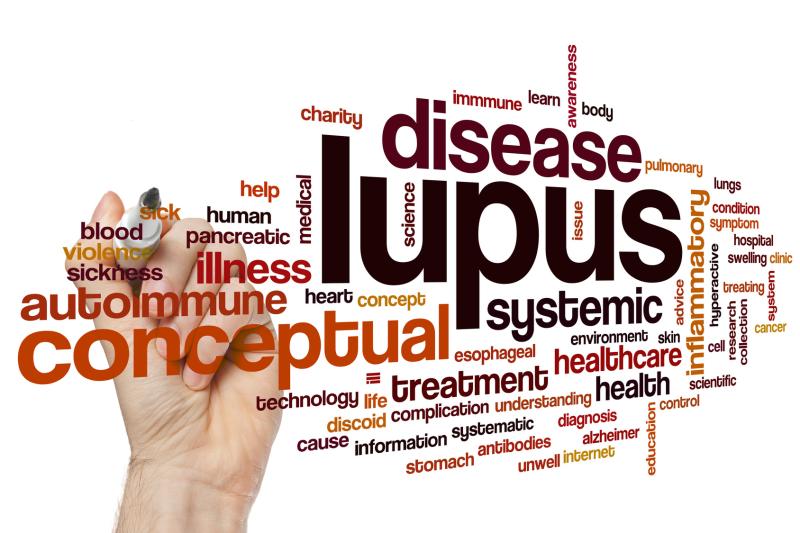
A higher income in relation to the poverty threshold leads to better physical functioning (PF) across multiple domains in patients with systemic lupus erythematosus, according to a study.
The authors used cross-sectional data on 744 participants from Georgians Organized Against Lupus (GOAL) for the primary analyses and data on 56 participants from a nested pilot study for the secondary analyses.
Multivariable linear regression was applied in the primary analyses to estimate the association between poverty income ratio (PIR; categorized as <1.00, 1.00–1.99, 2.00–3.99, and ≥4.00; lower PIR indicate higher poverty) and PF (scaled subscore from the Medical Outcomes Study Short Form–12 survey; range 0–100; higher scores indicate better functioning).
In secondary analyses, complementary measures of PF were summarized as means or percentages by PRI (categorized as <1.00, 1.00–1.99, and ≥2.00).
Of the participants (mean age, 48.0 years; 6.7 percent male; 80.9 percent black), 37.5 percent had PIR of <1.00, while 21.0 percent, 29.6 percent, and 12.0 percent had PIR of 1.00–1.99, 2.00–3.99, and ≥4.00, respectively.
Overall, the mean PF score was 45.8. In particular, PF score was 36.2 for PIR of <1.00, 40.7 for PIR of 1.00–1.00, 55.5 for PIR of 2.00–3.99, and 61.2 for PIR of ≥4.00. The association between greater PIR and higher PF scores (2.00–3.99 vs 1.00–1.99: β, 10.9, 95 percent confidence interval [CI], 3.3–18.6; ≥4.00 vs 1.00–1.99: β, 16.2, 95 percent CI, 6.4–26.0) persisted after adjustments.
Secondary analyses also showed that higher PIR correlated with higher scores for objective physical performance.
Further research into multicomponent functional assessments is warranted to develop individual treatment plans and potentially improve socioeconomic disparities in outcomes, the authors said.